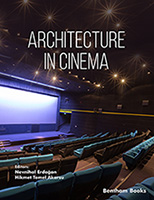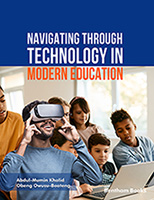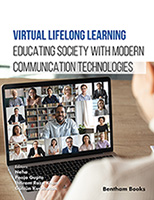Foreword
The authors are over modest in their claims for this remarkable and ambitious book. While it is true that this is not a representative global study and the conclusions are tentative, it does break much interesting new ground and the research findings provide some rich and significant insights into youth cultures in the eleven contrasting participant countries.
It is also extraordinary that this study was carried out in a very genuine spirit of international cooperation entirely without the usual financial support of institutions, foundations or governments. Instead, an informal grouping of art educators came together through membership of theInternational Society for Education through Artand decided that they had a common interest in exploring how young people at the beginning of the twenty-first century express their concerns and interests through visual means.
Recurring images and pervasive influences– for example Japanese Manga– are very evident in the drawings suggesting that there are globalising influences at work in the students’ choice of images and subjects. All the drawings were made in schools, during class time, and students had freedom to choose their subject matter– teachers had clear instructions not to disturb or influence them. However it is known that often‘…there is a conflict between the art they do at home and that which they produce at school…’[1] There is still much to be learned about the tensions between‘school art’ and the artwork that young people engage in for more personal reasons and the extent to which there can be a fusion of these home& school interests.
This is an intriguing and important contribution to the literature that suggests many avenues for further research. Undoubtedly, the methodology evident here should be developed for larger scale, wider-ranging studies. Who will accept the challenge of carrying this foreword?
Dr. John Steers
National Society for Education in Art& Design
United Kingdom
REFERENCE
[1] Taylor, R (1986)‘Educating for Art: Critical Response and Development’, Harlow, Longman.





